Refine listing
Actions for selected content:
2251 results in Cambridge Elements
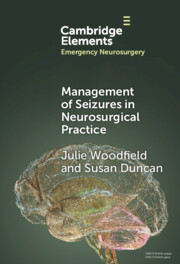
Management of Seizures in Neurosurgical Practice
-
- Published online:
- 13 April 2024
- Print publication:
- 09 May 2024
-
- Element
- Export citation
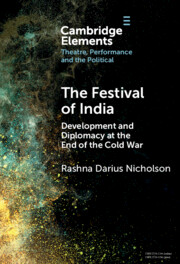
The Festival of India
- Development and Diplomacy at the End of the Cold War
-
- Published online:
- 12 April 2024
- Print publication:
- 16 May 2024
-
- Element
- Export citation

Approaching the Interval in the Early Modern Theatre
- The Significance of the 'Act-Time'
-
- Published online:
- 12 April 2024
- Print publication:
- 25 April 2024
-
- Element
- Export citation
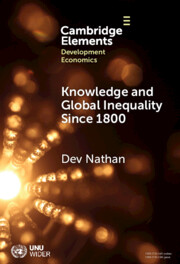
Knowledge and Global Inequality Since 1800
- Interrogating the Present as History
-
- Published online:
- 11 April 2024
- Print publication:
- 09 May 2024
-
- Element
-
- You have access
- Open access
- HTML
- Export citation
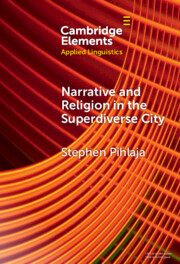
Narrative and Religion in the Superdiverse City
-
- Published online:
- 11 April 2024
- Print publication:
- 09 May 2024
-
- Element
- Export citation
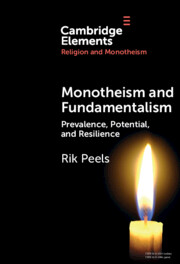
Monotheism and Fundamentalism
- Prevalence, Potential, and Resilience
-
- Published online:
- 11 April 2024
- Print publication:
- 09 May 2024
-
- Element
- Export citation
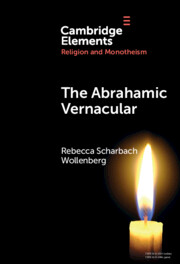
The Abrahamic Vernacular
-
- Published online:
- 10 April 2024
- Print publication:
- 25 April 2024
-
- Element
- Export citation
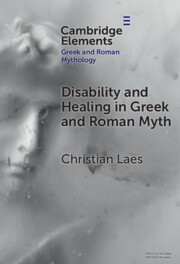
Disability and Healing in Greek and Roman Myth
-
- Published online:
- 10 April 2024
- Print publication:
- 18 April 2024
-
- Element
- Export citation
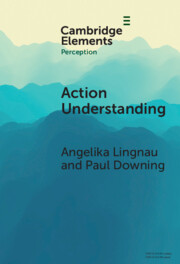
Action Understanding
-
- Published online:
- 10 April 2024
- Print publication:
- 09 May 2024
-
- Element
- Export citation
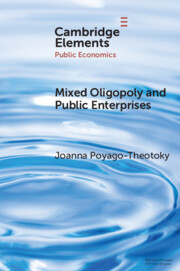
Mixed Oligopoly and Public Enterprises
-
- Published online:
- 09 April 2024
- Print publication:
- 06 June 2024
-
- Element
- Export citation
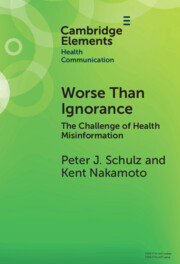
Worse Than Ignorance
- The Challenge of Health Misinformation
-
- Published online:
- 04 April 2024
- Print publication:
- 11 April 2024
-
- Element
-
- You have access
- Open access
- HTML
- Export citation
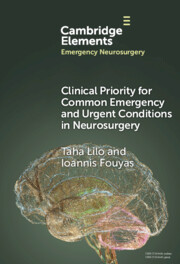
Clinical Priority for Common Emergency and Urgent Conditions in Neurosurgery
-
- Published online:
- 04 April 2024
- Print publication:
- 18 April 2024
-
- Element
- Export citation
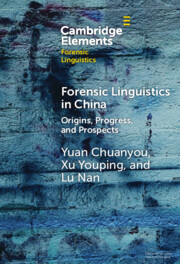
Forensic Linguistics in China
- Origins, Progress, and Prospects
-
- Published online:
- 04 April 2024
- Print publication:
- 02 May 2024
-
- Element
- Export citation
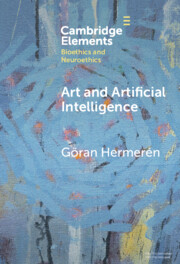
Art and Artificial Intelligence
-
- Published online:
- 04 April 2024
- Print publication:
- 02 May 2024
-
- Element
- Export citation
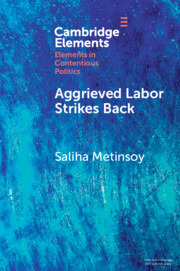
Aggrieved Labor Strikes Back
- Inter-sectoral Labor Mobility, Conditionality, and Unrest under IMF Programs
-
- Published online:
- 03 April 2024
- Print publication:
- 09 May 2024
-
- Element
- Export citation
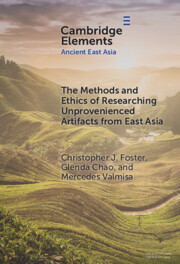
The Methods and Ethics of Researching Unprovenienced Artifacts from East Asia
-
- Published online:
- 03 April 2024
- Print publication:
- 25 April 2024
-
- Element
-
- You have access
- Open access
- HTML
- Export citation
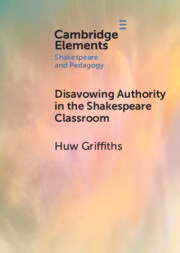
Disavowing Authority in the Shakespeare Classroom
-
- Published online:
- 02 April 2024
- Print publication:
- 25 April 2024
-
- Element
- Export citation
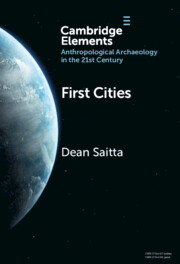
First Cities
- Planning Lessons for the 21st Century
-
- Published online:
- 02 April 2024
- Print publication:
- 04 April 2024
-
- Element
- Export citation
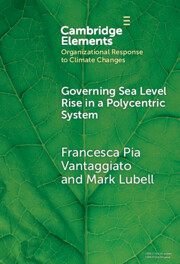
Governing Sea Level Rise in a Polycentric System
- Easier Said than Done
-
- Published online:
- 30 March 2024
- Print publication:
- 25 April 2024
-
- Element
- Export citation
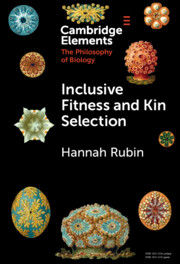
Inclusive Fitness and Kin Selection
-
- Published online:
- 29 March 2024
- Print publication:
- 25 April 2024
-
- Element
- Export citation
